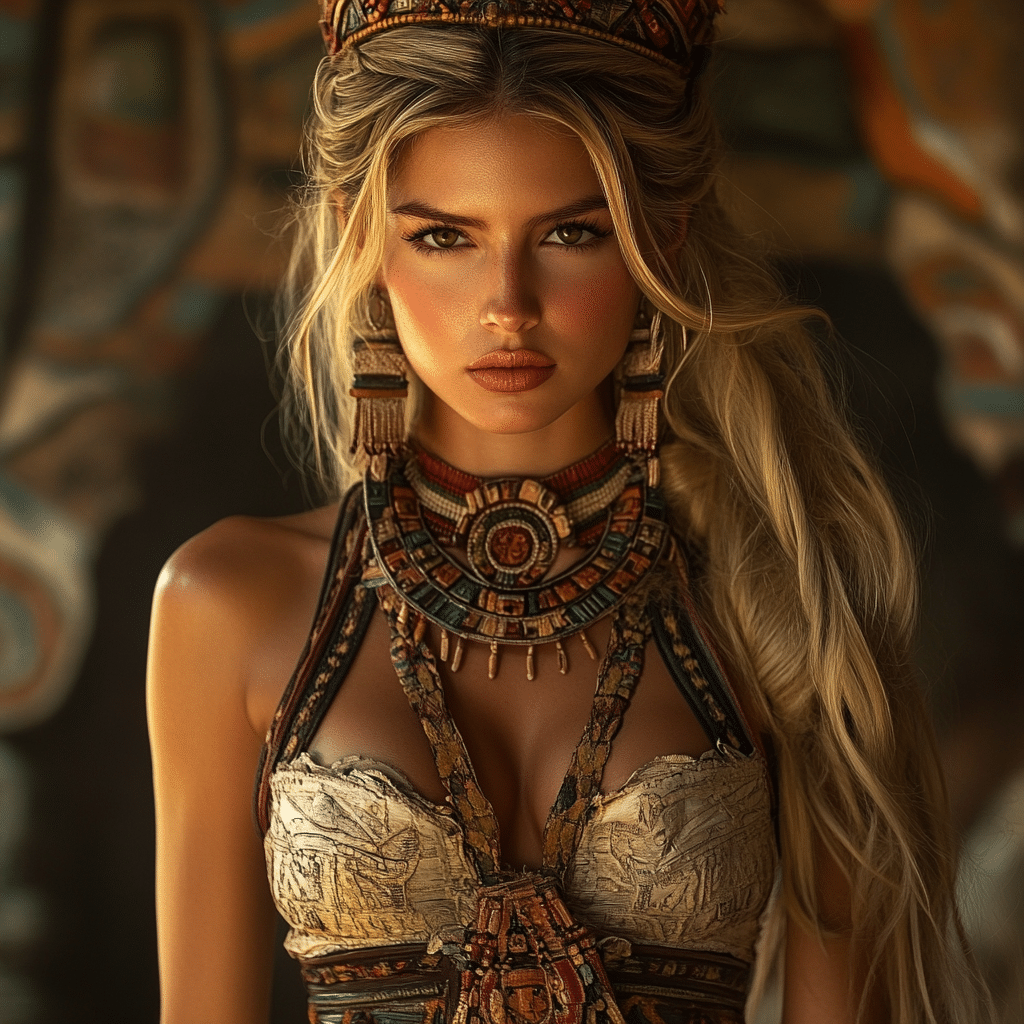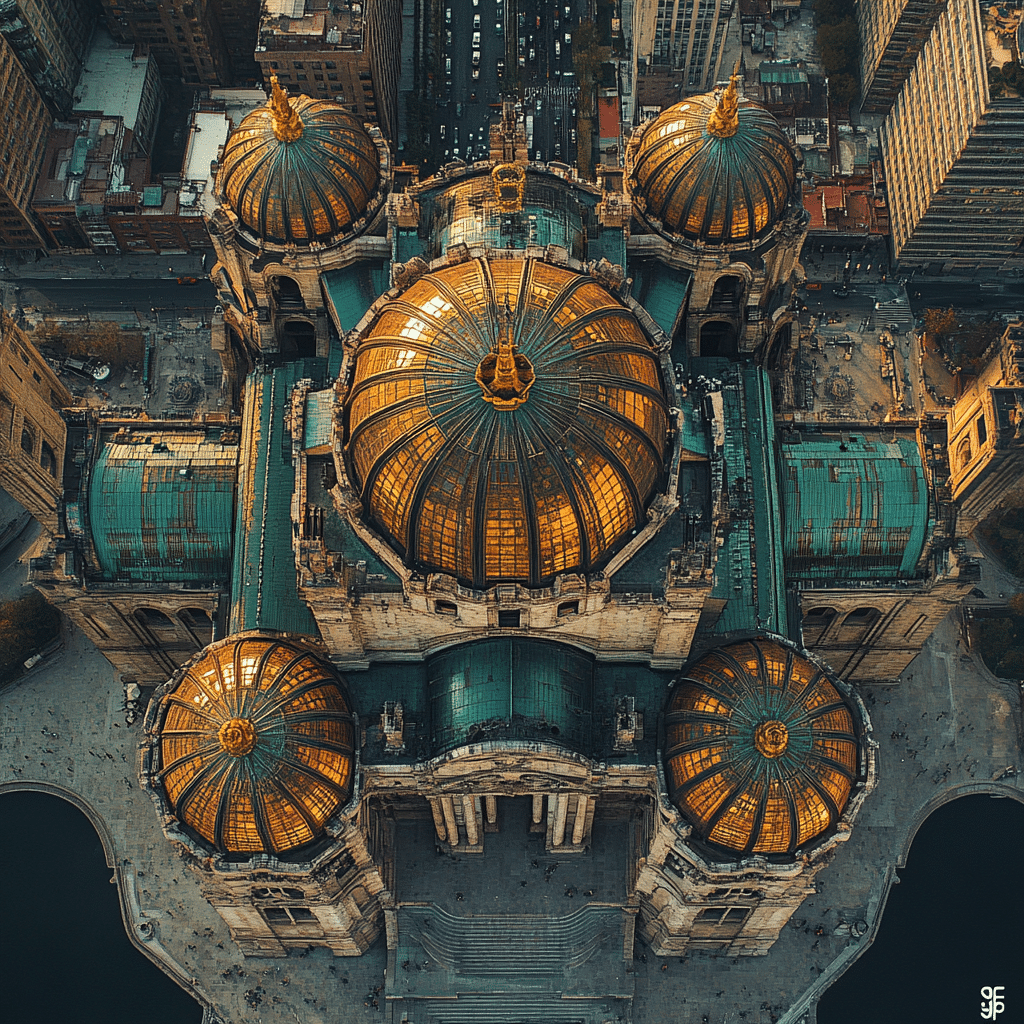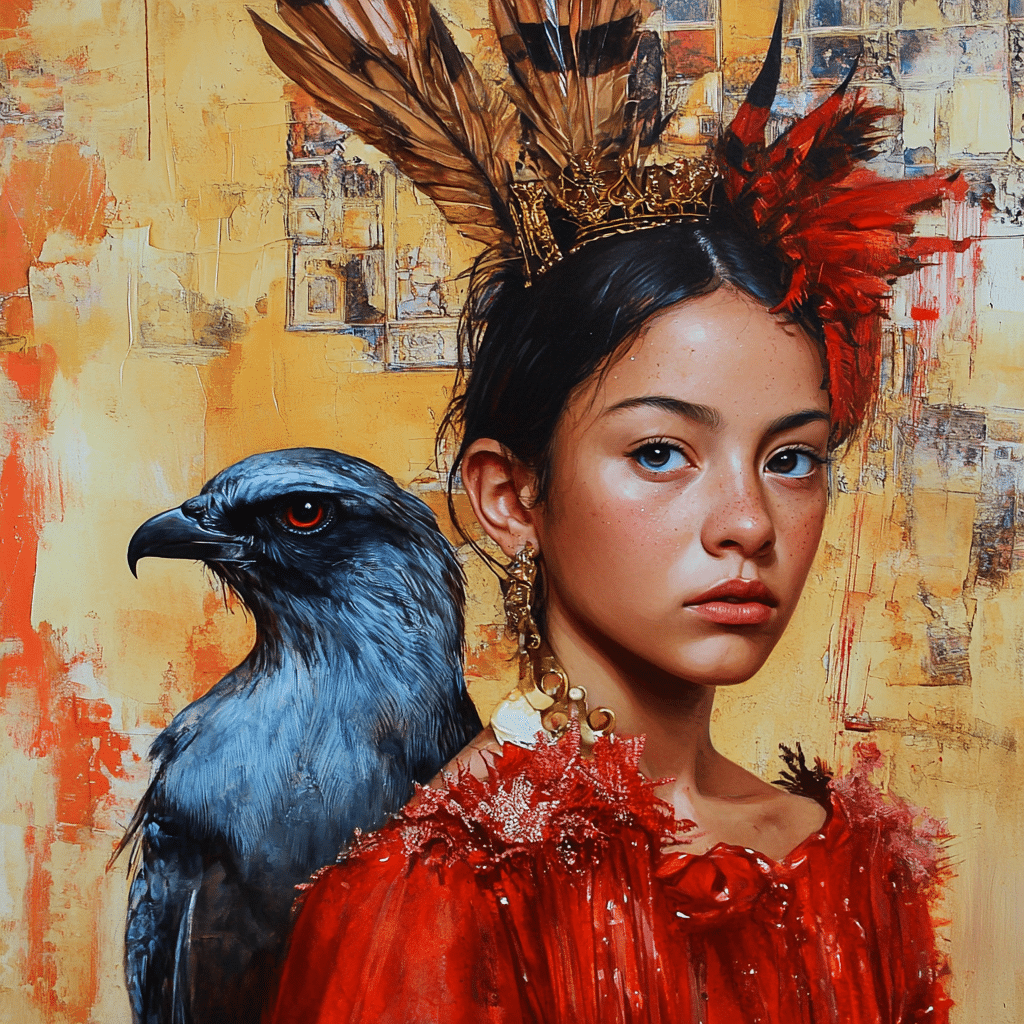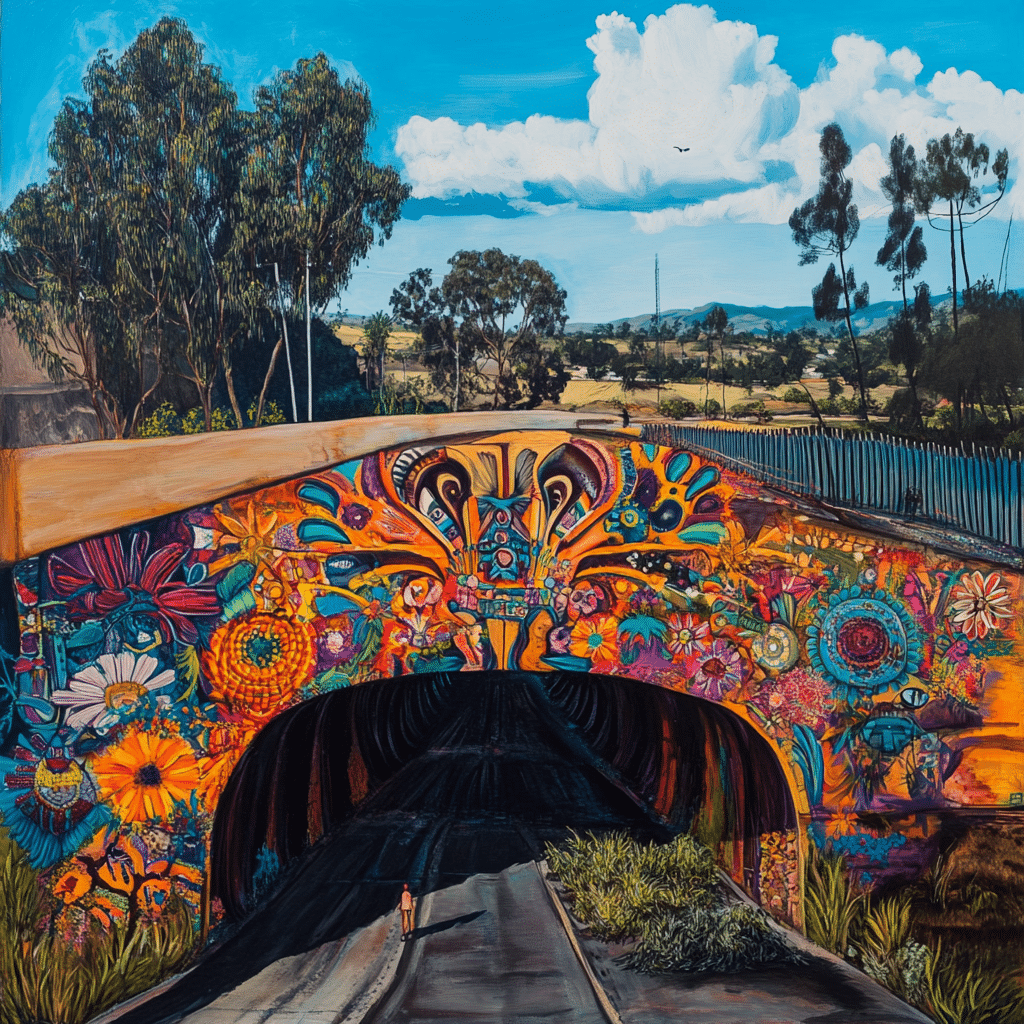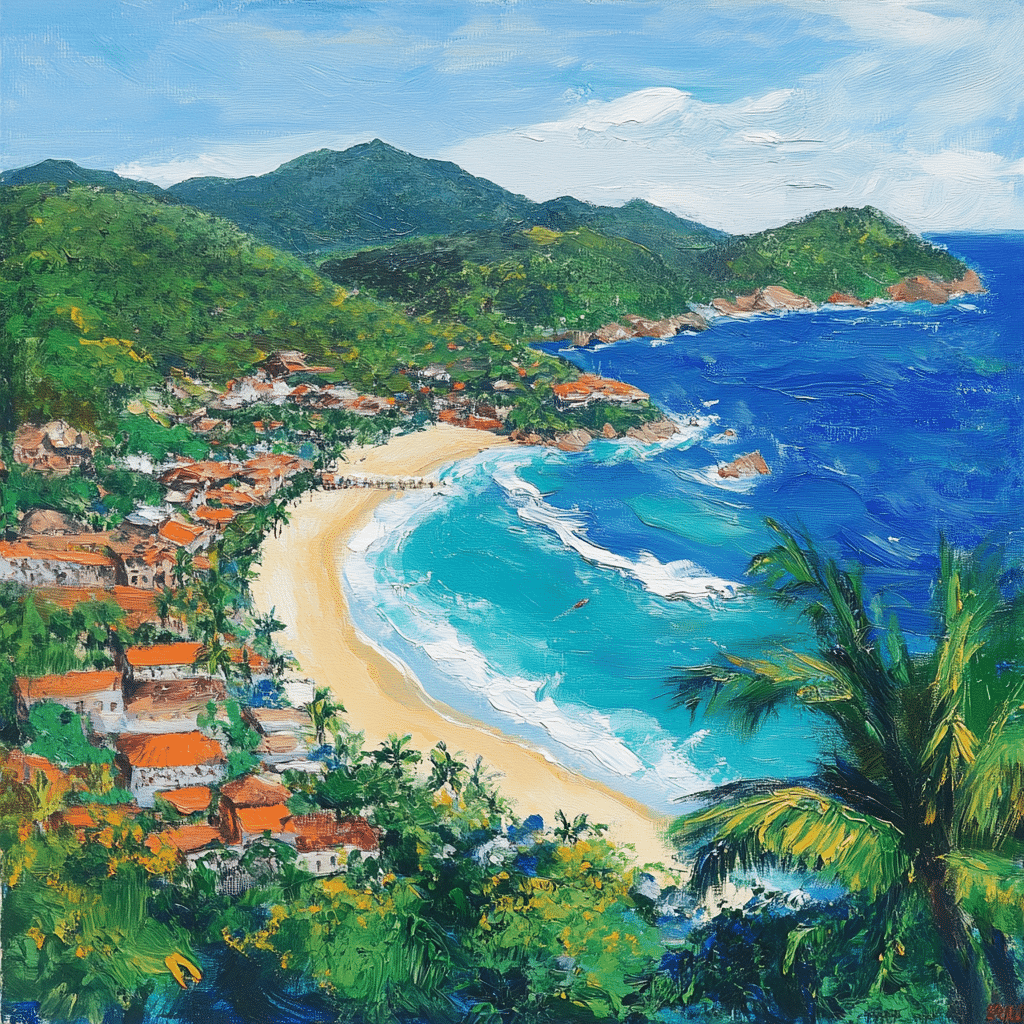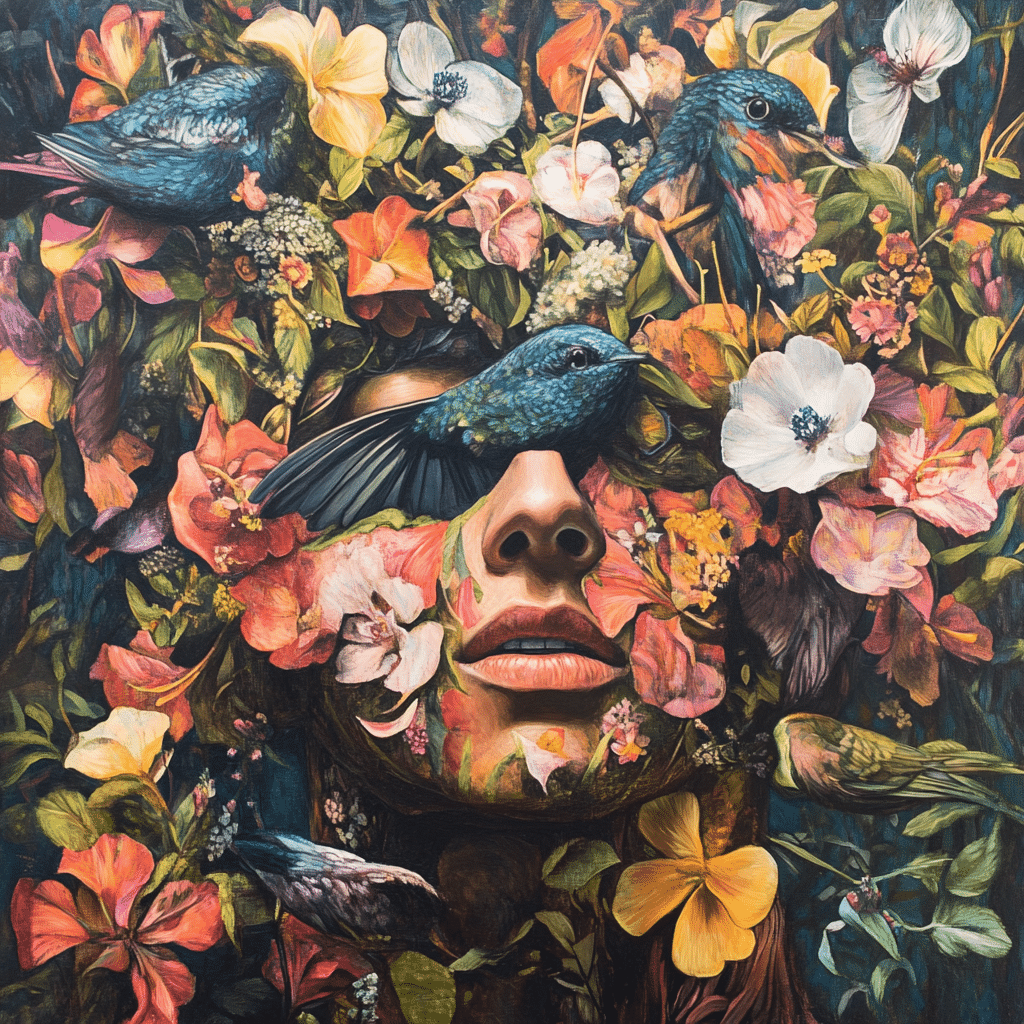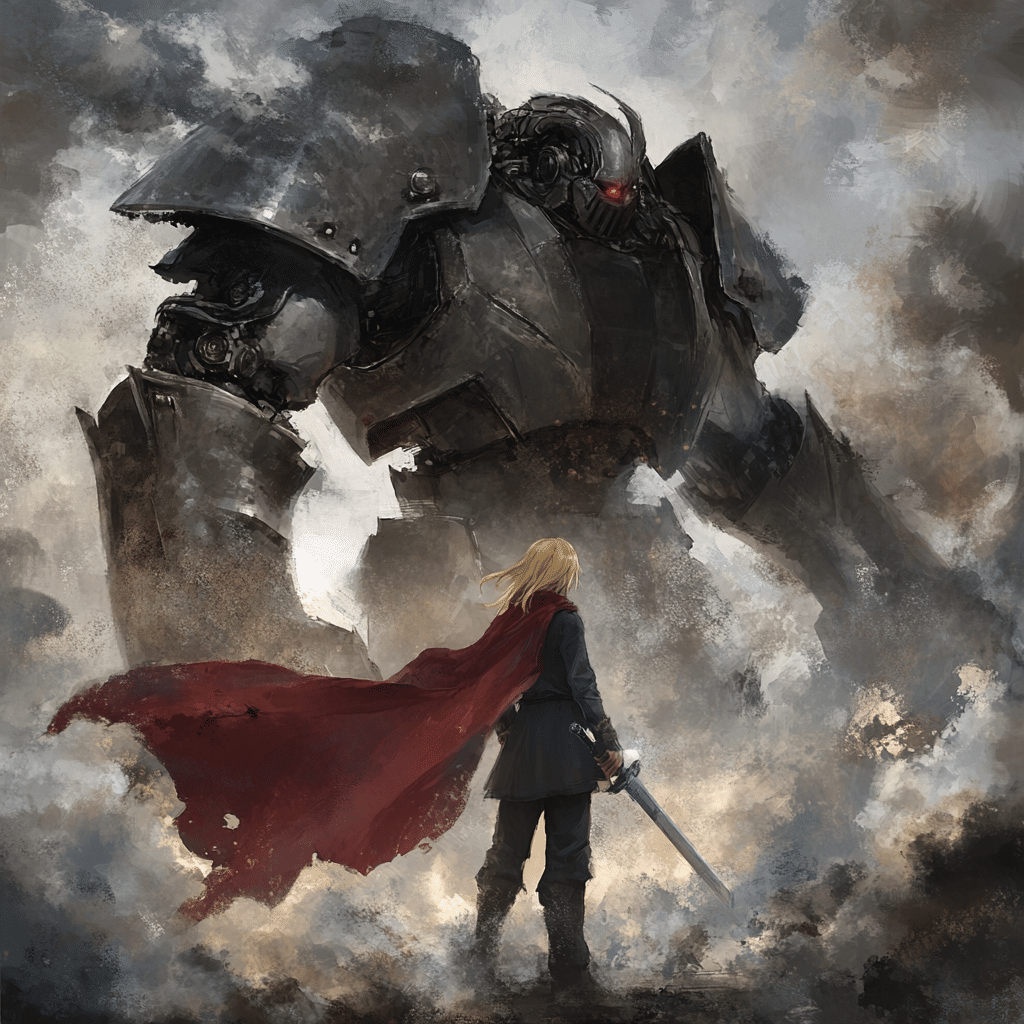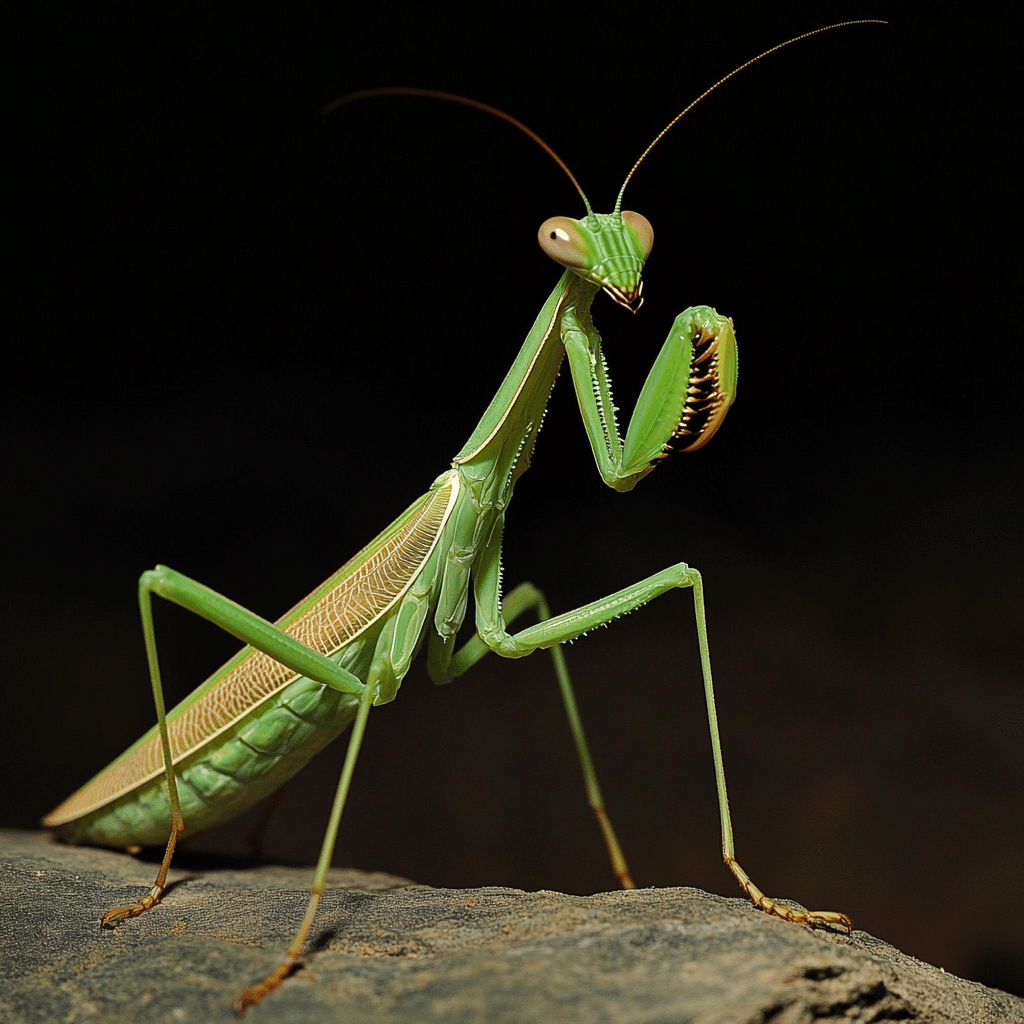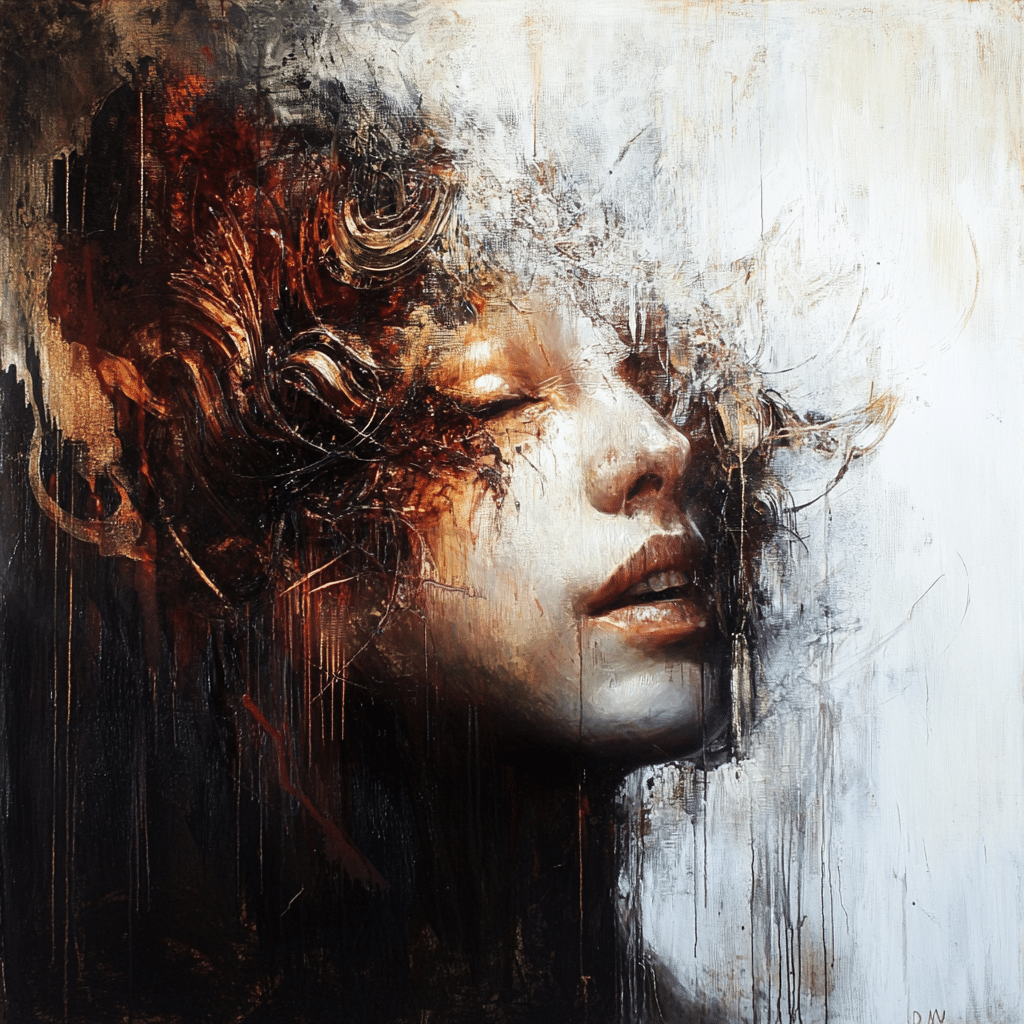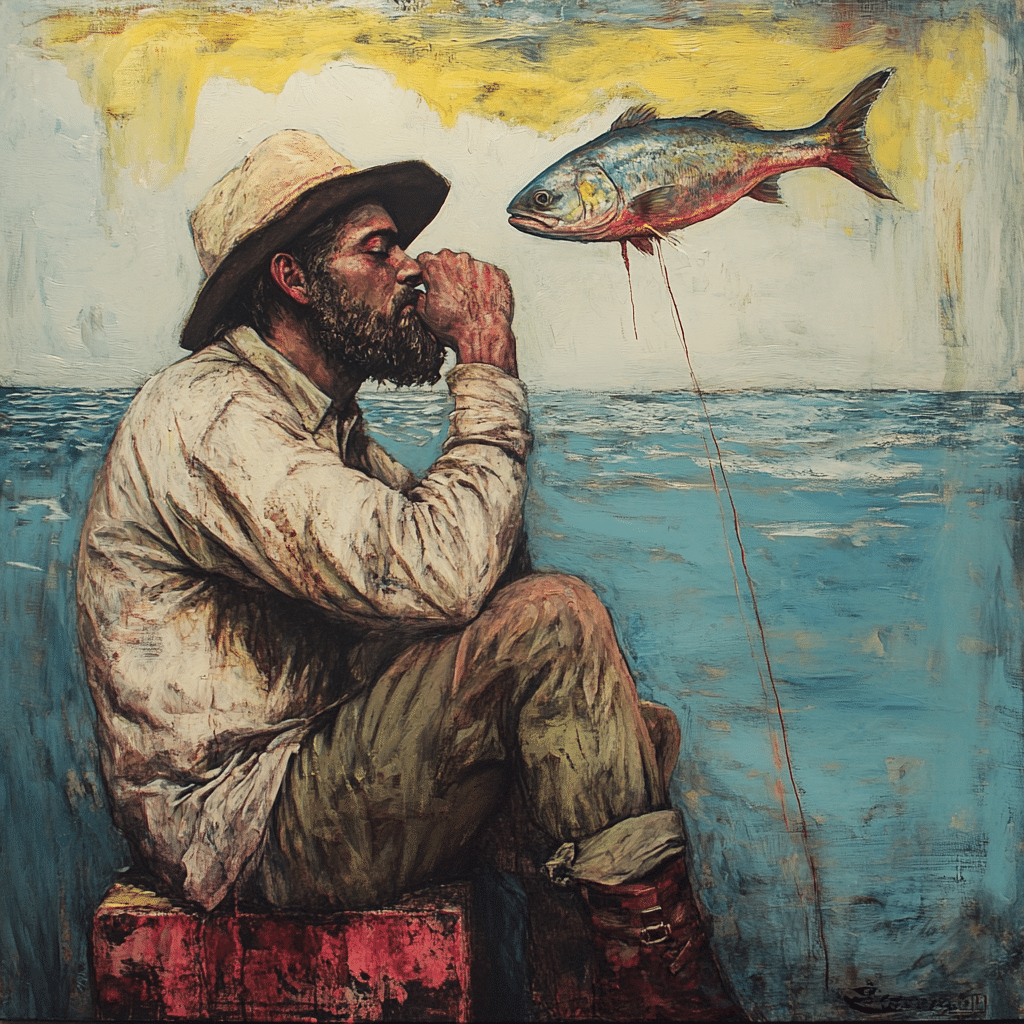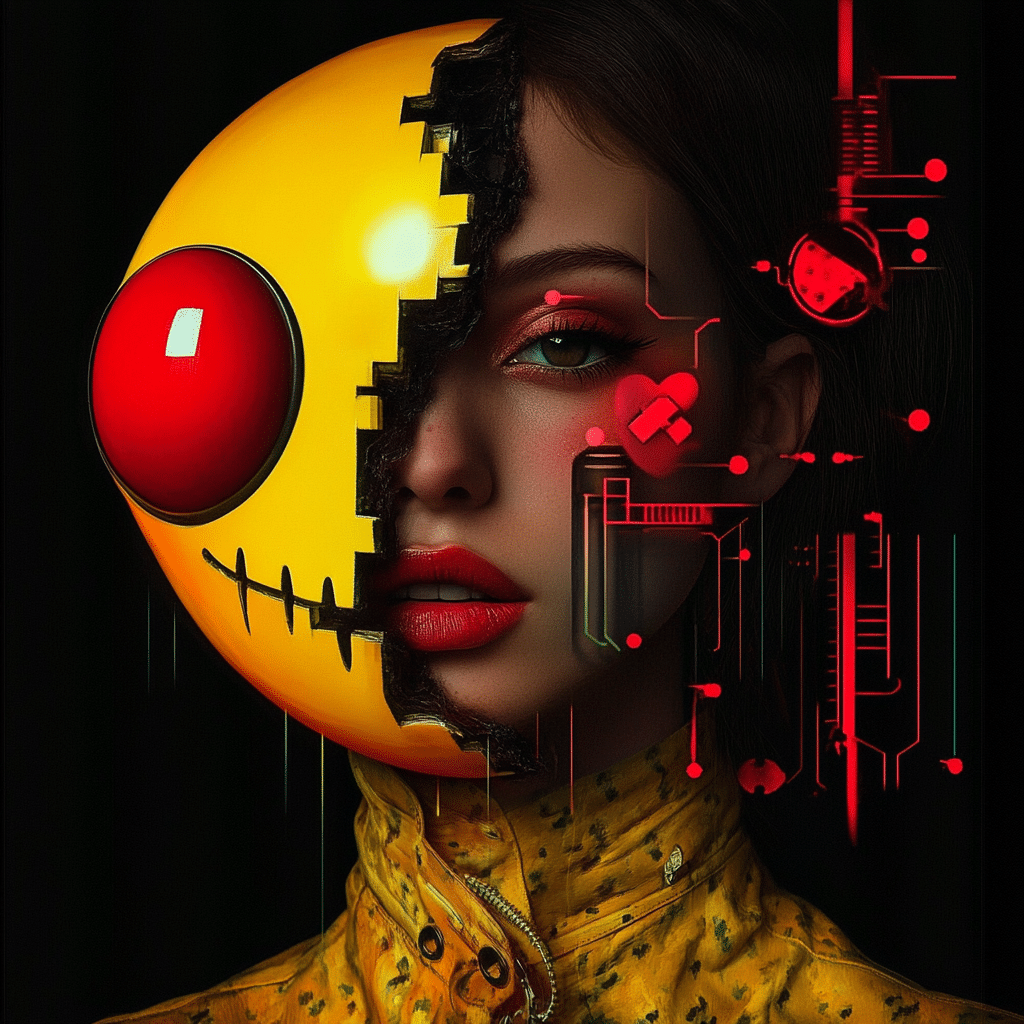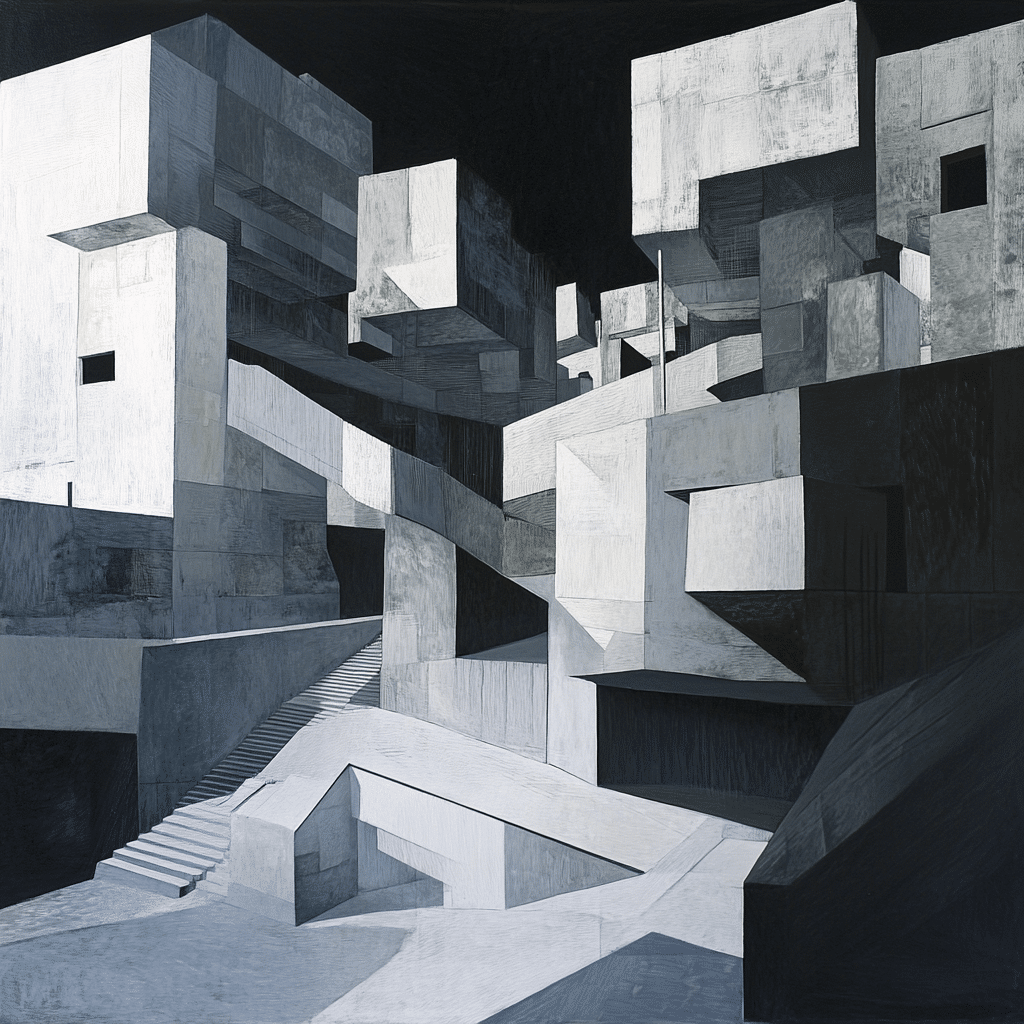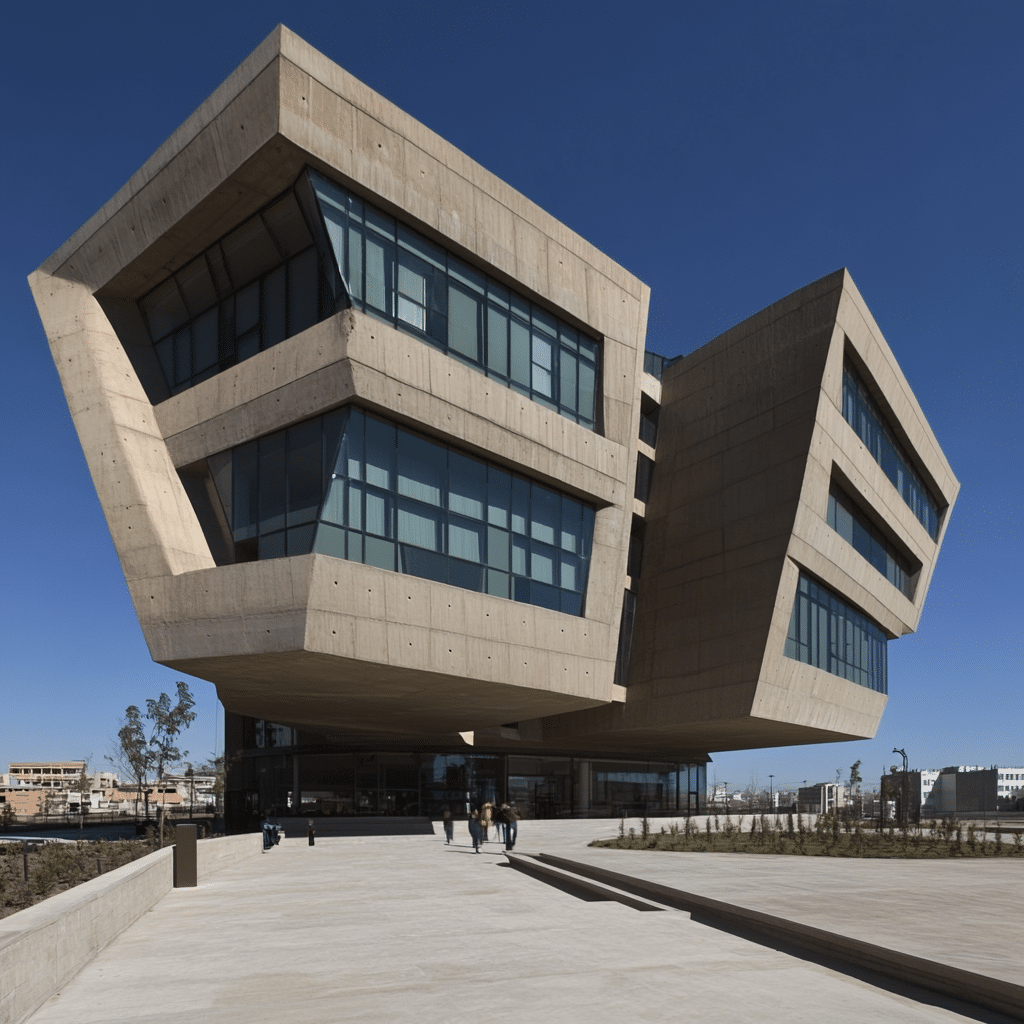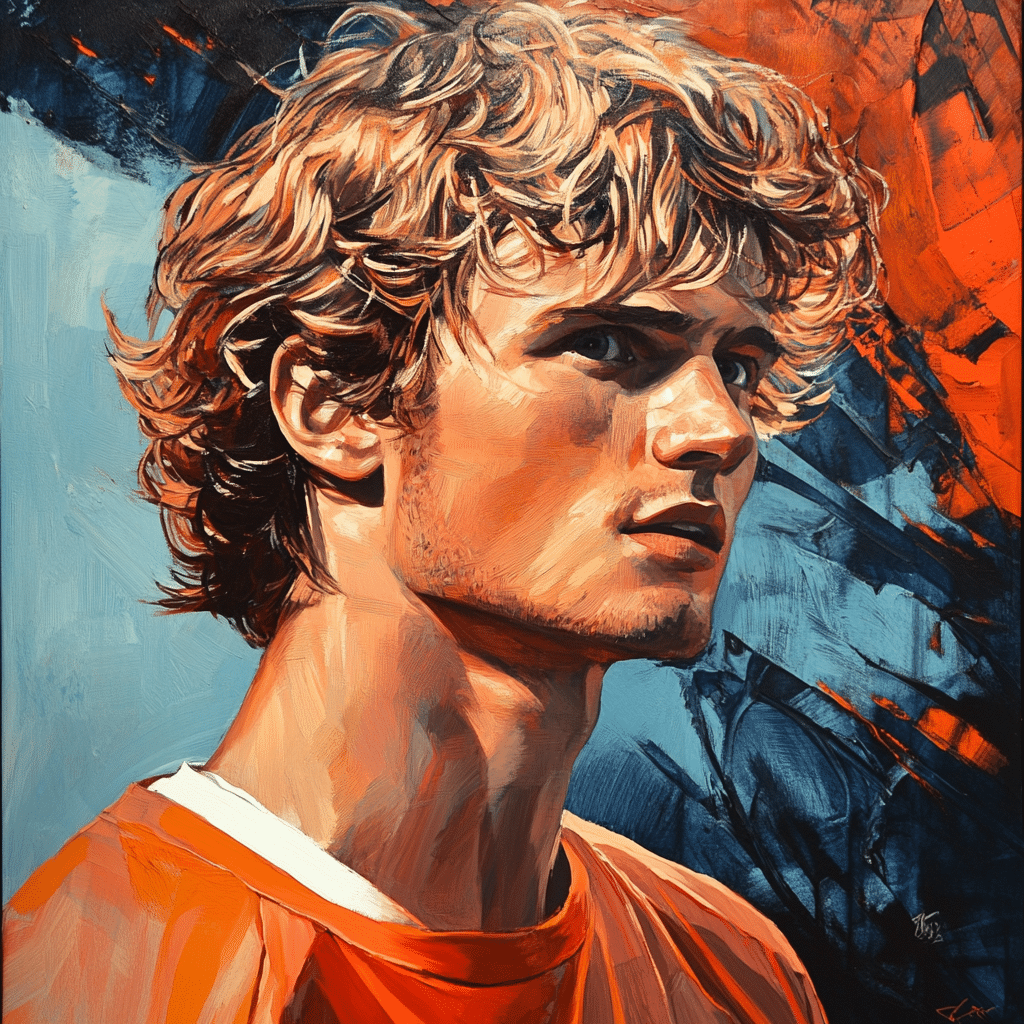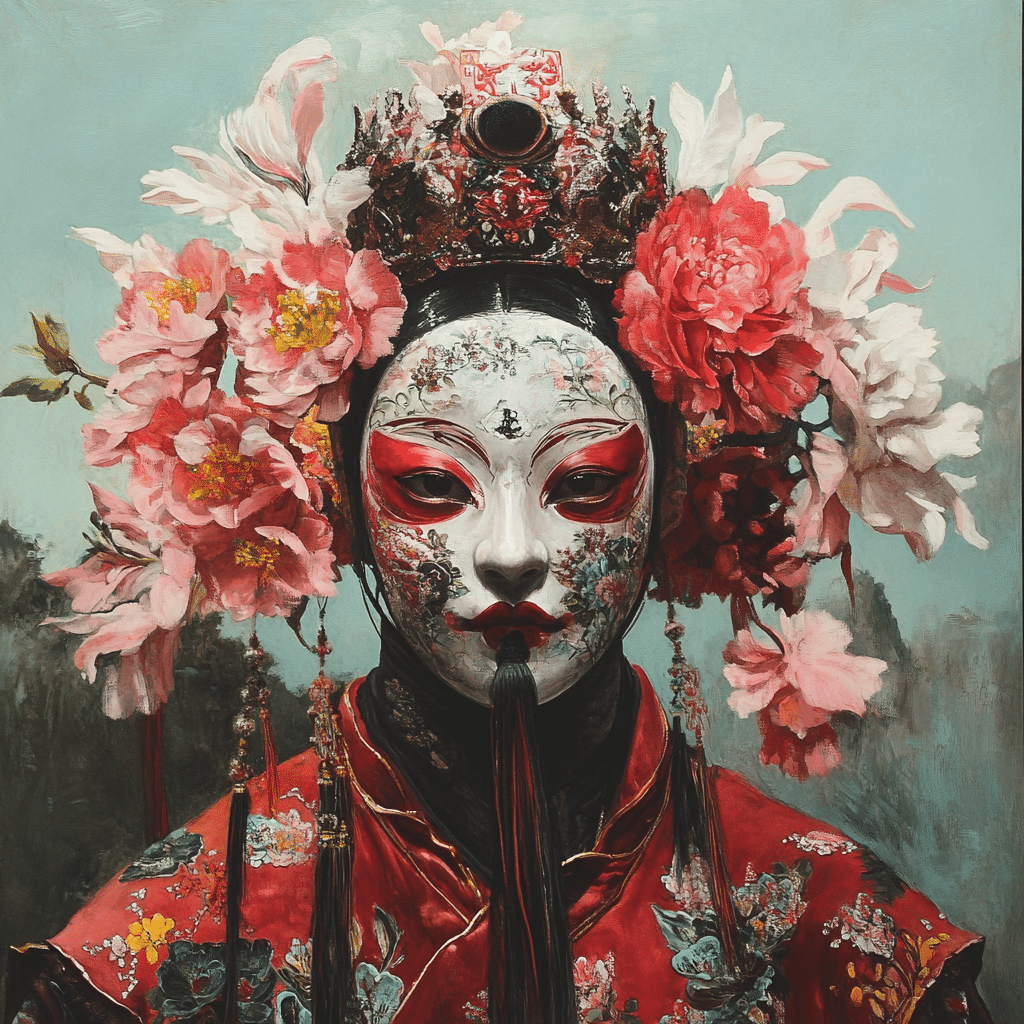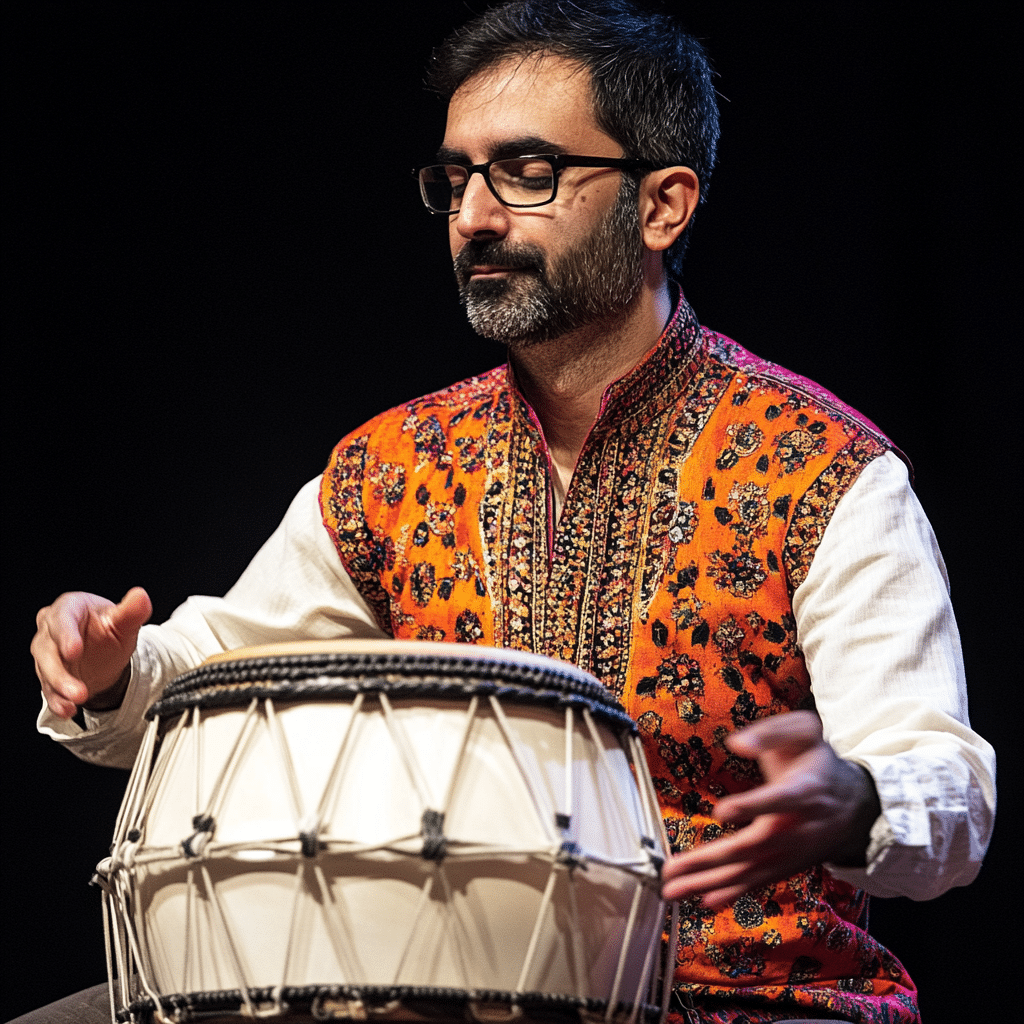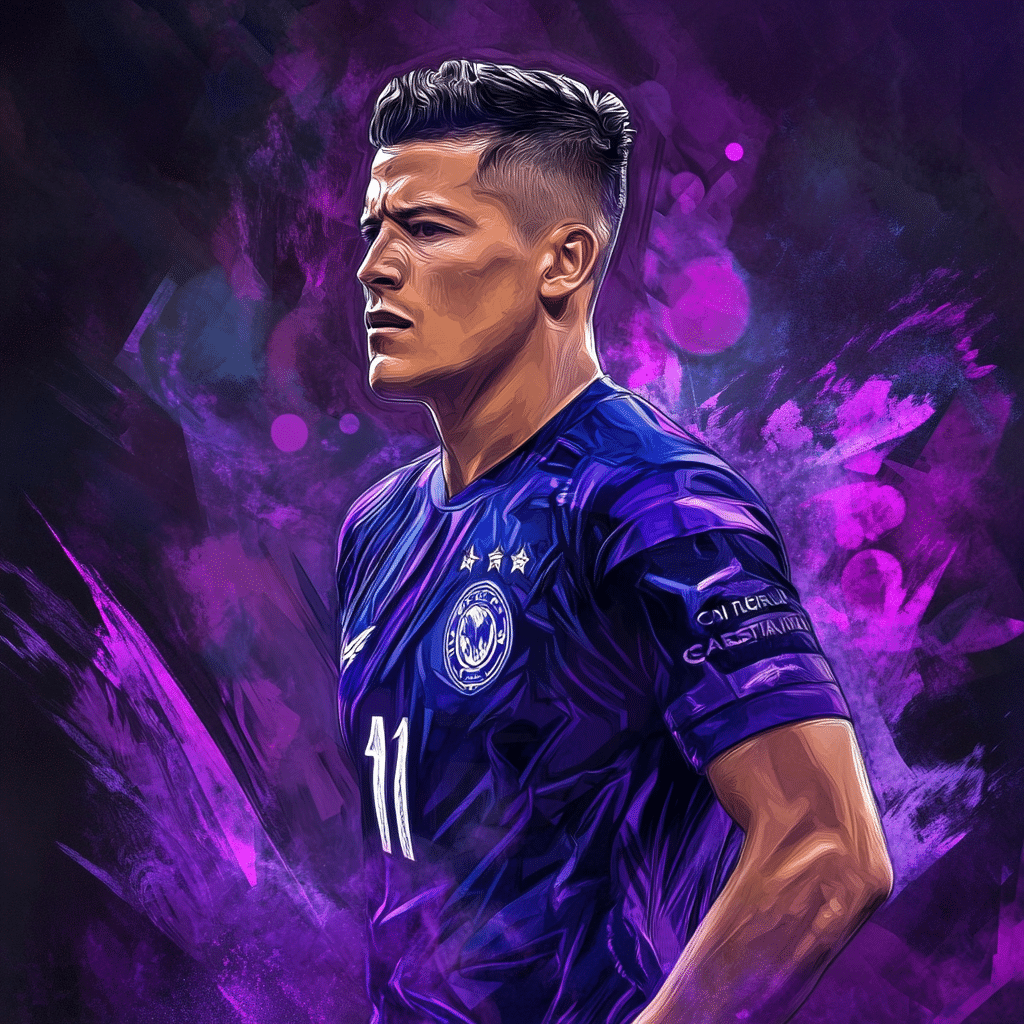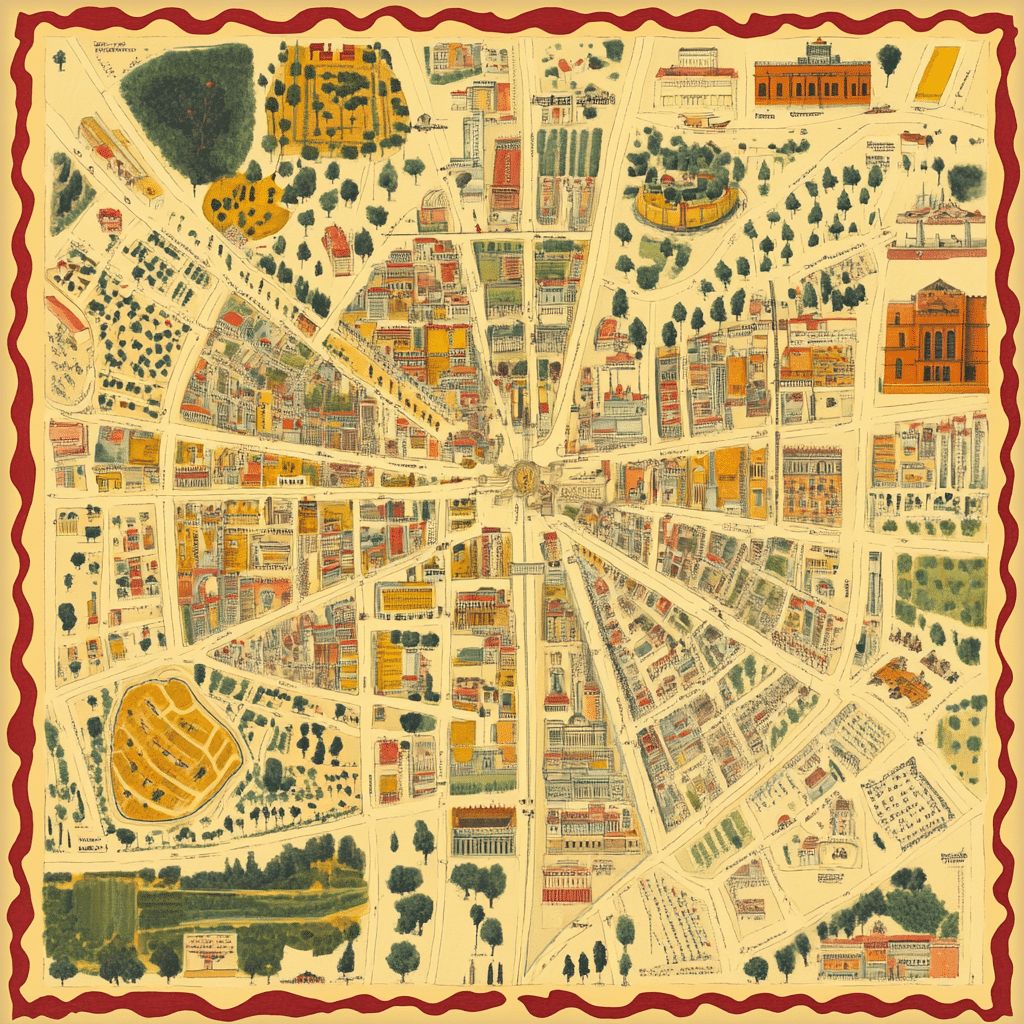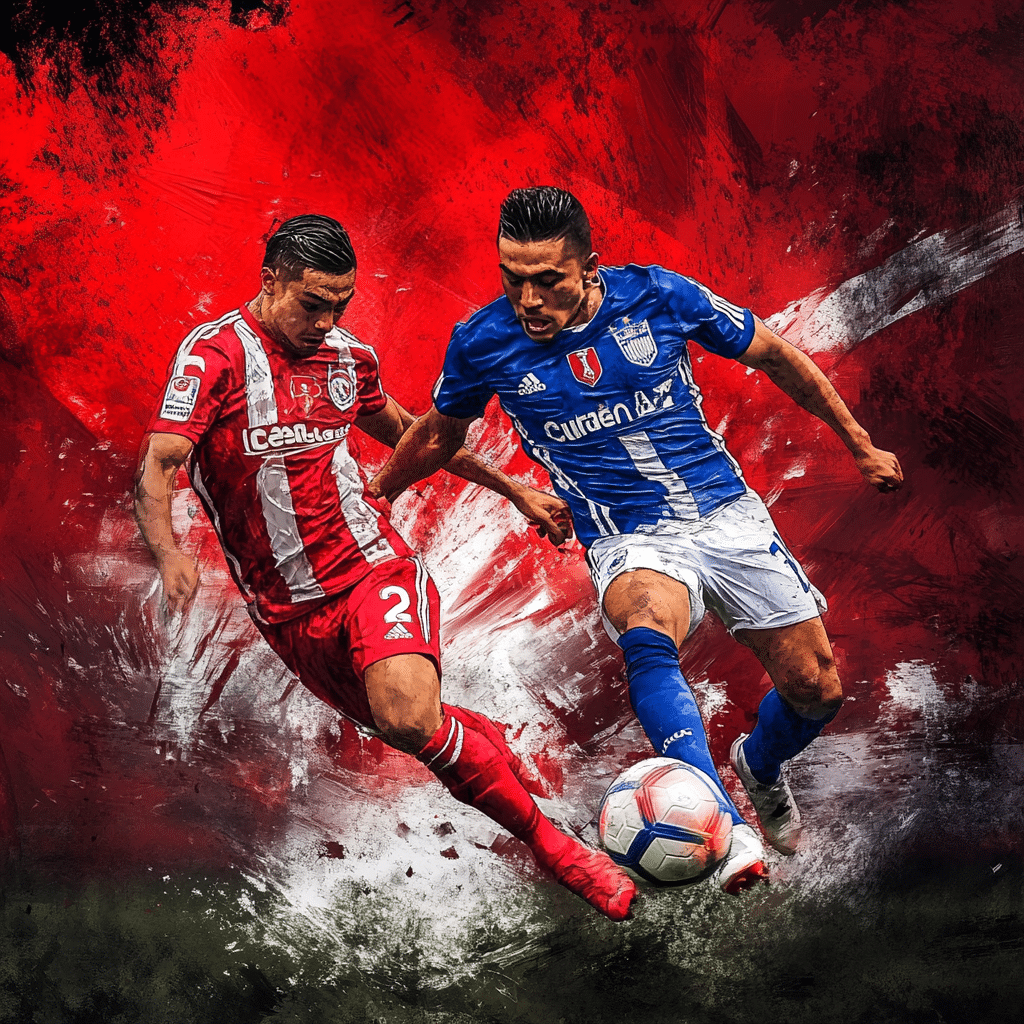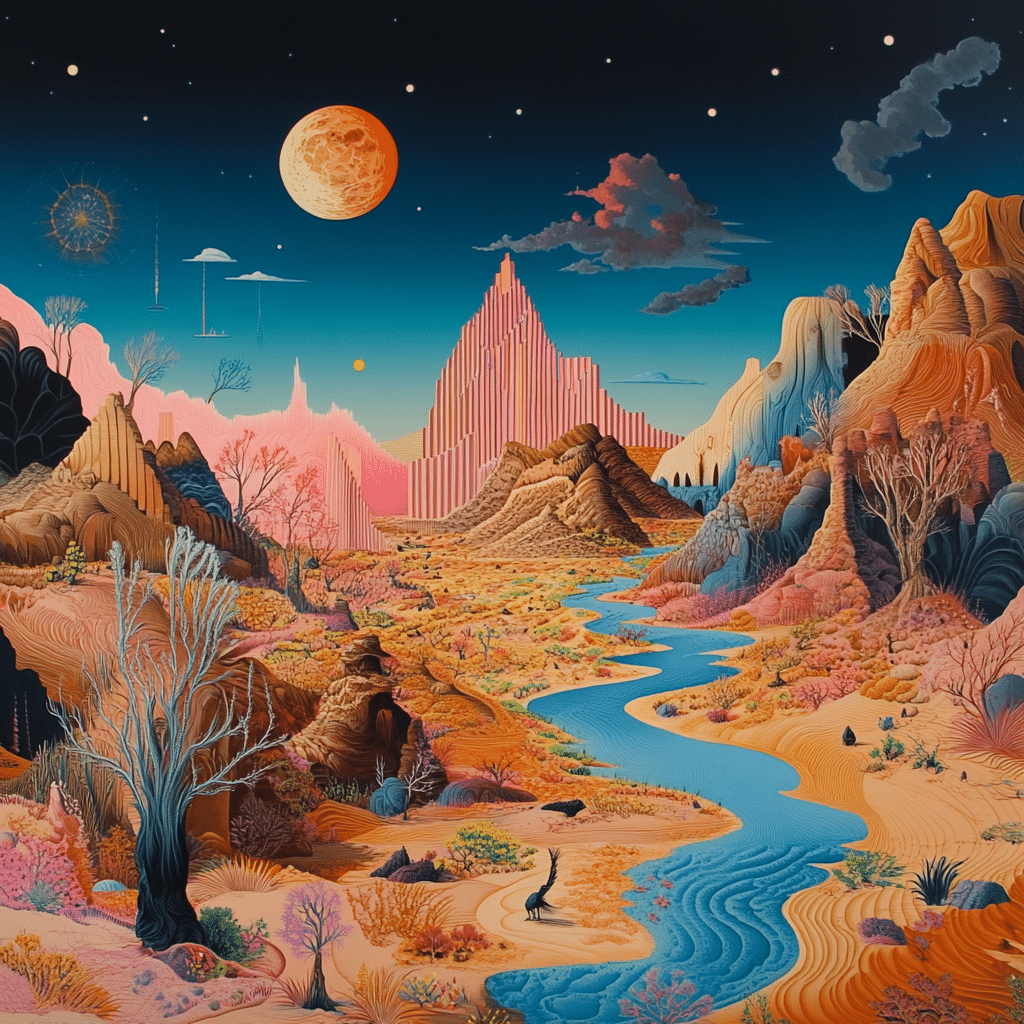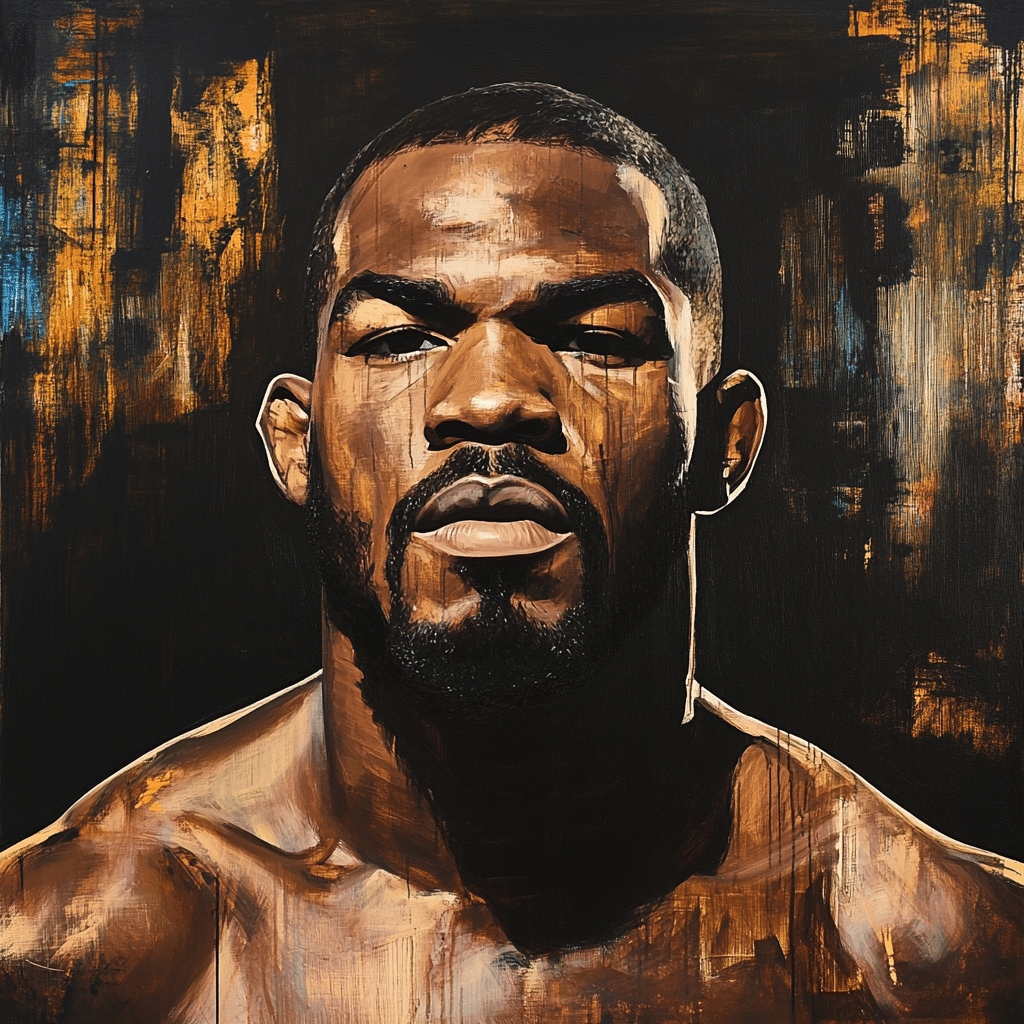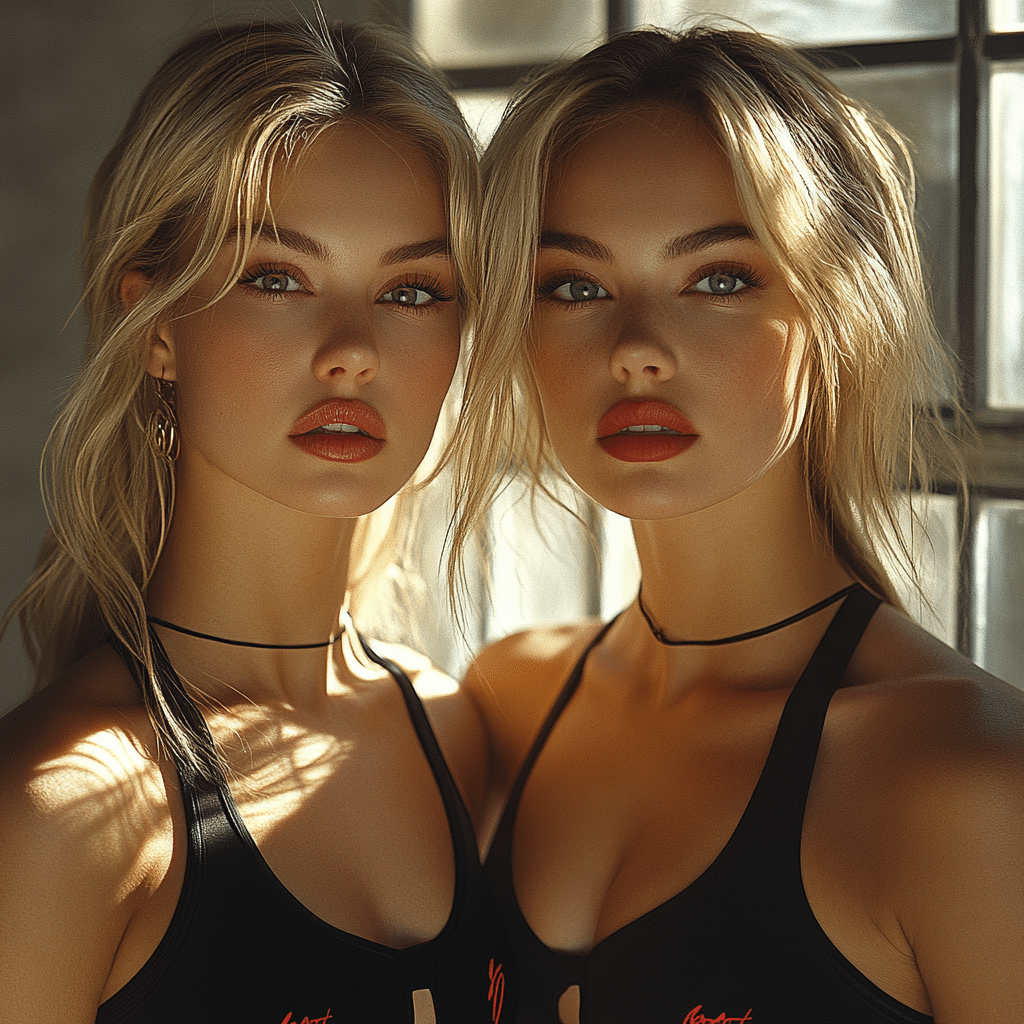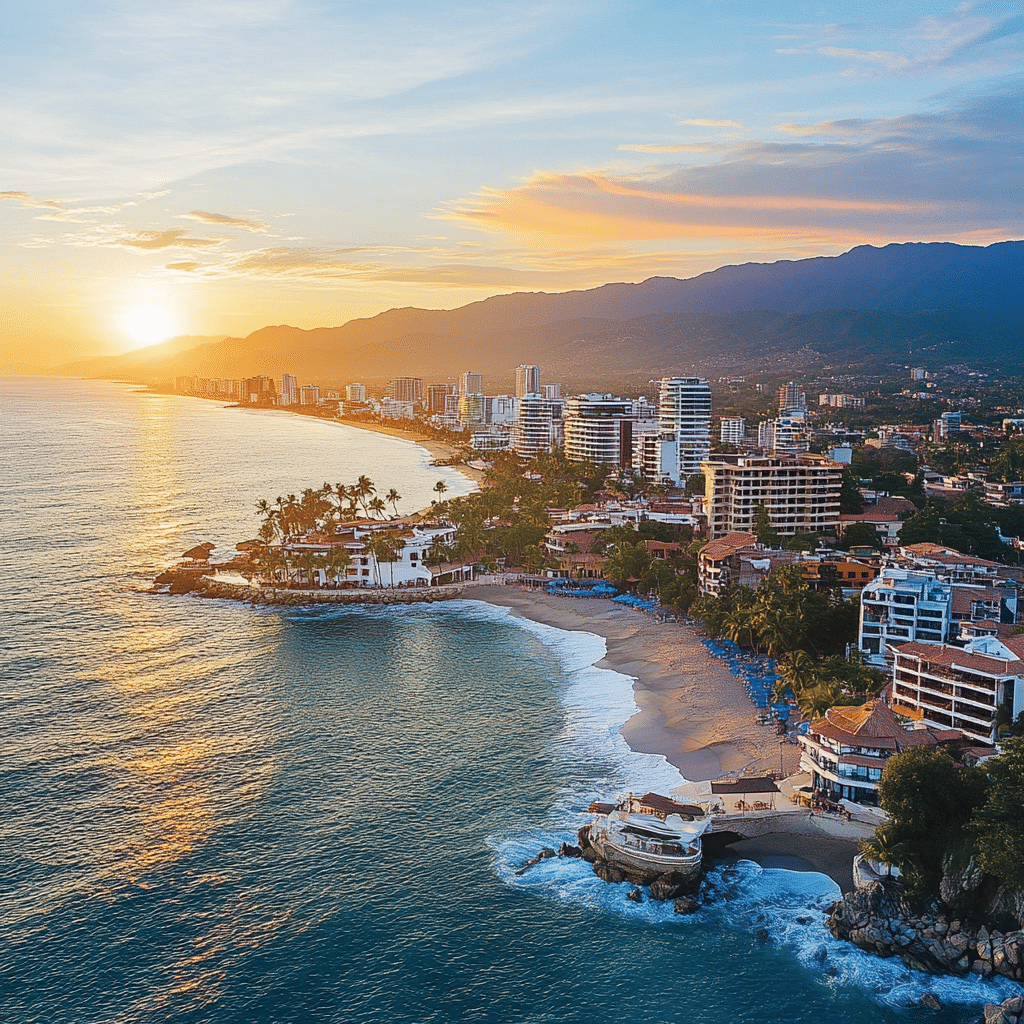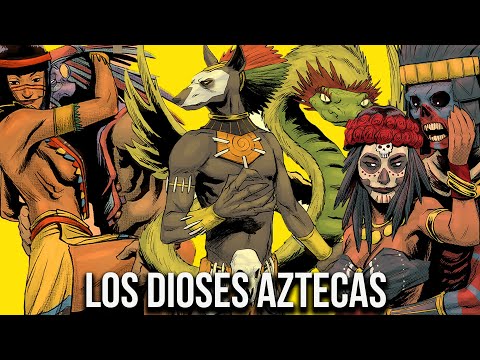
1. Understanding the Dioses Aztecas: An Overview
The dioses aztecas reveal the rich tapestry of beliefs held by the Aztec civilization, a remarkable Mesoamerican culture that thrived in the valleys of Mexico. These deities embodied the natural world and human experience, essential to the Aztecs’ everyday lives. Their gods and goddesses influenced everything, from agriculture to warfare, crafting an identity that was deeply intertwined with their spirituality.
Aztec religion was more than a list of deities; it was a way of understanding the world. Communities gathered around the altar of Huitzilopochtli, cried out to Tlaloc for rain, or praised Xochiquetzal for love and fertility. Diverse rituals sprung from these beliefs, no different than the way people gather today for celebrations—think of the communal joy found in feasting on huevos rancheros or nachos, dishes that echo back to a time when food and spirituality were inextricably linked.
Today, remnants of these ancient practices can still be seen in modern culinary traditions and social gatherings. It’s fascinating how the spirit of the dioses aztecas continues to influence our food and culture. The names of Aztec gods may not often grace menus, but their essence certainly flavors our contemporary lives.
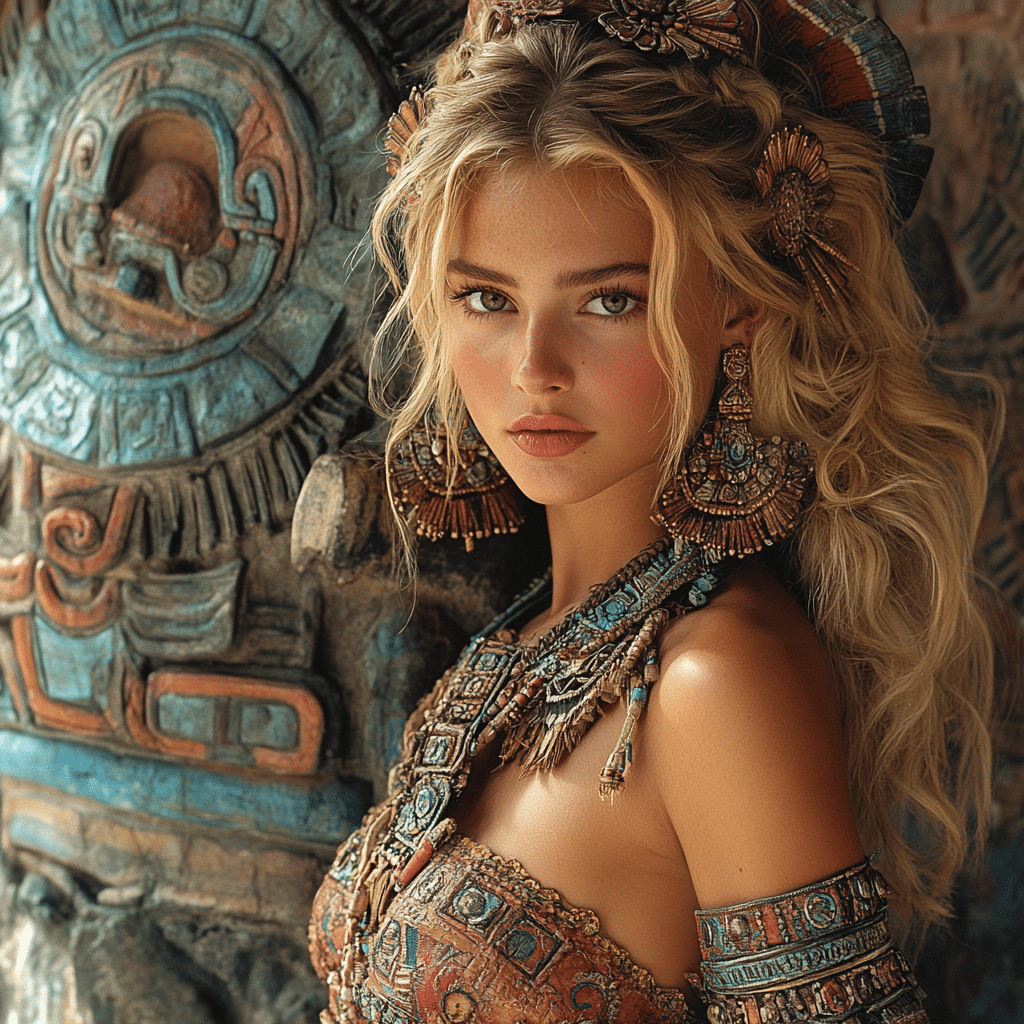
2. Top 7 Dioses Aztecas and Their Powerful Influence
Diving into the world of the dioses aztecas is like exploring a mythical garden bursting with a variety of powerful figures. Here are seven standout deities that shaped Aztec spirituality and community life.
2.1. Huitzilopochtli: The God of War and the Sun
Huitzilopochtli holds a unique place as the god of war and the sun. This compelling figure symbolized both the fierce spirit of conquest and the warmth of daylight. With a warrior’s stance and adorned in hummingbird feathers, he epitomized the Aztec identity. As the primary deity in warfare, he was invoked before every major battle, his strength symbolizing the vigor of the Aztec nation.
His connection to the sun doesn’t just signify warmth; it encapsulates the life-giving force essential to agriculture and sustenance. Every harvest season, rituals took place to honor him, creating a legacy that married both aggression and reverence.
2.2. Quetzalcoatl: The Feathered Serpent
Quetzalcoatl, often referred to as the Feathered Serpent, was a multi-faceted deity tied to wind, air, wisdom, and learning. Representing the harmonious blend of dualities, he reminded the Aztecs of the importance of balance in life. Often celebrated through education and artistic expression, this god embodied the quest for enlightenment.
With symbols of the feathered serpent, Quetzalcoatl became a bridge between material and spiritual worlds, emphasizing that pursuit of knowledge elevated society. He continues to inspire art and media, reminding us that creativity flourishes where there’s a thirst for wisdom.
2.3. Tlaloc: God of Rain and Agriculture
Tlaloc’s influence permeates every agricultural aspect of Aztec society. As the god responsible for rain and fertility, he was the focus during critical agricultural seasons. The Aztecs offered sacrifices to evoke his favor, reflecting a deep respect for the life-giving waters essential for crops to thrive.
When communities gathered to celebrate the harvest, Tlaloc’s importance became evident. These festivals weren’t just annual events; they were communal rites that bound people together, ensuring agricultural success and honoring nature’s rhythms.
2.4. Tezcatlipoca: The God of Night and Sorcery
In stark contrast to Quetzalcoatl, Tezcatlipoca represented the shadows of life. As a deity of night and sorcery, he showcased the darker side of human nature. His essence infused the Aztec worldview with a sense of complexity, reminding them that light and darkness coexist, both pivotal to the human experience.
Through dreams and conflict, Tezcatlipoca urged the Aztecs to confront their fears and uncertainties. Discovering one’s fate hinged on embracing both the light and dark elements of life, making him a symbol of balance.
2.5. Xochiquetzal: The Goddess of Beauty and Love
Xochiquetzal captured the hearts of many as the goddess of beauty, love, and the arts. This vibrant deity celebrated sensuality and female strength, embodying the intricacies of life and creativity. Festivals in her honor brimmed with music and dance, celebrating the joys of love and fertility among the people.
Her influence wasn’t confined to aesthetic beauty alone; Xochiquetzal reinforced the important role of women within Aztec society, making her worship integral to community identity.
2.6. Mictlantecuhtli: The Lord of the Underworld
Mictlantecuhtli, the god of the underworld, offered a complex perspective on mortality and the afterlife. His presence in the Aztec pantheon symbolizes the cultural understanding of death—not just an endpoint but a transitional phase. The rituals surrounding him offer a rich insight into how the Aztecs approached death, burial practices, and their beliefs regarding what lies beyond.
Ceremonies honoring Mictlantecuhtli encouraged communities to reflect on life’s cycles, promoting a deeper connection to their ancestors.
2.7. Chalchiuhtlicue: Goddess of Water and Rivers
Chalchiuhtlicue is often considered one of the most significant minor goddesses, representing rivers and lakes that brought life. The Aztecs revered her as a protective figure that ensured the community’s water sources remained pure and fruitful, mirroring the society’s reliance on these natural elements.
Her worship ties into daily life—rituals revolved around water, weaving spirituality into the very fabric of agriculture and subsistence.
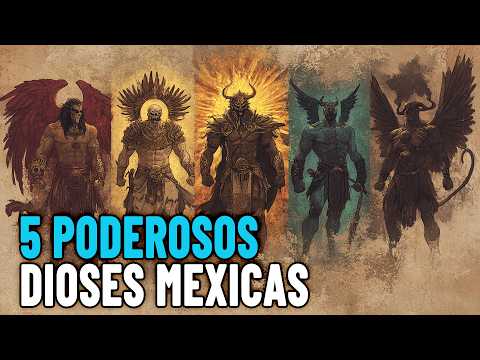
3. Cultural Legacy of the Dioses Aztecas in Modern Cuisine
The legacy of the dioses aztecas doesn’t rest solely in ancient texts; it flows through the vibrant channels of contemporary cuisine. For instance, dishes like huevos rancheros and nachos celebrate the agricultural practices that these gods inspired. The flavors found in modern Mexican fare echo back to deities like Tlaloc, reminding us of our deep connection with the land.
The juxtaposition of ingredients in a platter of nachos speaks to the artistic spirit of Quetzalcoatl, showcasing how creativity flavors our lives. As people gather to enjoy these cultural dishes, they unknowingly honor the same gods the Aztecs did centuries ago.
Modern dining experiences in places like Los Mochis often reflect these historical threads. Restaurants proudly serve meals filled with innovative twists on traditional recipes, keeping the spirit of the dioses aztecas alive and displaying the evolution of culinary arts that stem from an ancient past.
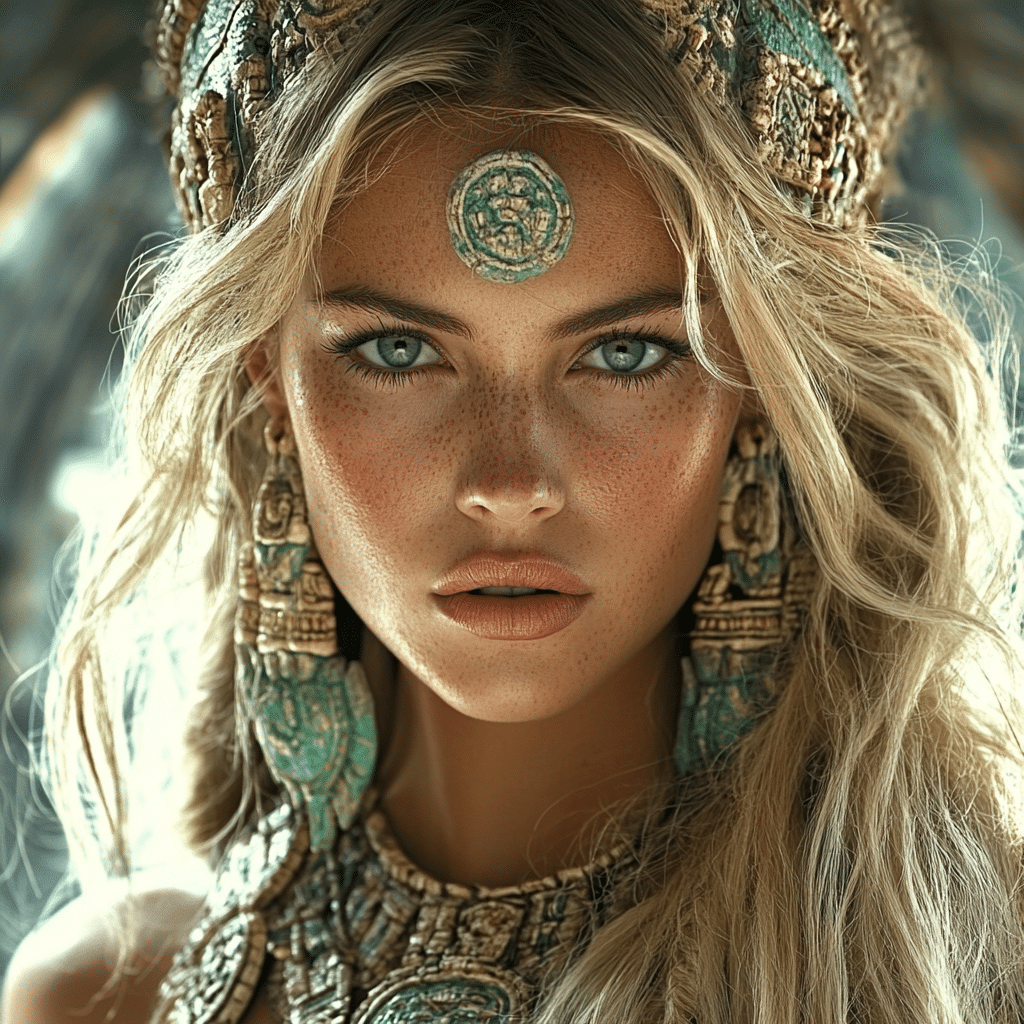
4. Contemporary Interpretations of Aztec Mythology
Fast forward to today, and the influence of dioses aztecas can be seen sprouting in various forms in literature, film, and media. Films like “Nacho Libre” humorously engage with Mexican culture while playfully nodding to the storied past of these revered figures. By harnessing Aztec symbols and motifs, such portrayals connect audiences with tapping roots, bridging cultural gaps.
Beyond entertainment, literature draws from Aztec mythology to explore identity and spirituality in today’s world. Every adaptation reinterprets ancient beliefs, allowing for fresh insights that resonate with contemporary audiences.
(#continued in the next message)
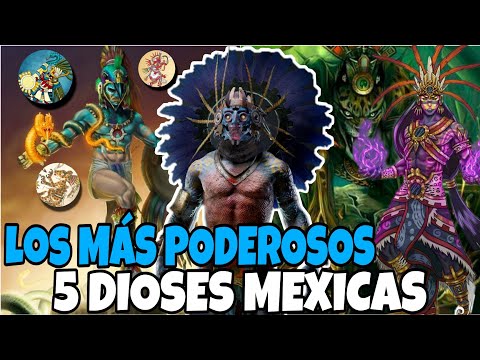
Dioses Aztecas: Intriguing Insights into Powerful Deities
A Colorful Pantheon
The dioses aztecas were a vibrant mix of deities, each with their unique traits and purposes. For instance, the god Tezcatlipoca was known as the “Smoking Mirror” and was associated with night and sorcery. This deity’s trickster nature reminds us of the surprises one might encounter while enjoying a delicious plate of lucky sushi. Each bite could bring a delightful twist, much like the tales of the gods. In ancient times, rituals were held to honor these deities, reflecting their significance in everyday life. Just as the Catedral Metropolitana de la Ciudad de mexico stands as a testament to faith, these rituals serve as a window into the beliefs that shaped Aztec civilization.
On the opposite end of the spectrum was Quetzalcoatl, the feathered serpent god. He was revered as the god of wind and wisdom, inspiring artisans and traders alike. It’s interesting to note that his influence can be seen in modern arts, just like how the cutting-edge designs of a Stihl leaf blower may revolutionize gardening. Aztecs would often depict Quetzalcoatl as a historical figure, attributing a rich narrative to their deities, blending history with mythology, much like how great actors like sydney mitchell bring characters to life on screen.
Legends and Life Lessons
One can’t explore the dioses aztecas without mentioning the god of agriculture, Tlaloc. He was thought to be responsible for rain and fertility, and his temper could dictate the fate of harvests. This relationship with nature resonates even today, as we often reflect on the health of our ecosystems, akin to how a mortgage calculator helps assess financial health. Whether fearing a drought or celebrating a bountiful harvest, the Aztecs understood the stakes involved, much like modern economies hinging on agricultural yields.
Another fascinating figure is Xipe Totec, the god of renewal. Considered the deity of spring and resurrection, Xipe Totec embodied the cycle of life, death, and rebirth. His importance sheds light on the core belief that life is filled with transformation, analogous to the exciting outcome of a game like magic Vs Hornets, where every moment can change the course of the match. The Aztecs embraced this philosophy by celebrating festivals that honored transformations, reminding us that change is both inevitable and beautiful.
Treasures of Trivia
Did you know that each of these deities reflected not just divine traits, but also the Aztecs’ understanding of humanity and the environment? They symbolized lessons about balance and respect for nature. Just as Palmas can bring a touch of greenery to our spaces, the Aztec gods encouraged a deep connection with the earth. They taught the value of community, echoed through time, and still resonate in our lives today.
So, the next time you delve into the stories of the dioses aztecas, remember that these ancient figures were not just mythological beings but complex representations of human existence, love, and learning. Through their stories, we can reflect on our own lives with a deeper appreciation, maybe even over a glass of red & wine as we ponder life’s mysteries.
